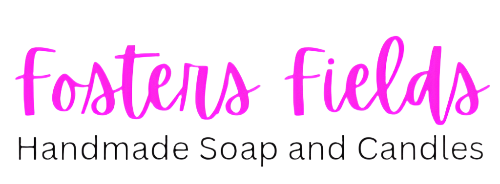
Let's Make Soap Pt 2
Share
Hey everyone, I hope you are all loving the cooler Ontario weather...I know I am.
Did you have a chance to make soap? I posted a simple batch a few weeks back, let's add to that recipe with a butter. There are so many wonderful cosmetic butters to choose from however my favorites are shea butter and cocoa butter.
In my last post I forgot to mention a few important items needed for soap making. The following are necessary 1. a good scale 2. gloves and mask 3. heat safe containers 4. thermometer 5. untensils and likely a few more things:)
Shea Butter in its most natural form has a beautifully butty scent. While some folks don't mind this, many don't care for it. I don't mind it, and I do use natural shea in a lot of recipes however sometimes I use a deodorized version to avoid the scent mixing with my own fragrance blends. Using shea butter in your soap recipe will add a creamy moisturizing lather to the bar. I like to use it in small amounts however some soap makers use as much as 60% in their recipes.
Cocoa Butter also has a very unique chocolate scent in its raw form and can also be purchased deodorized. This is another butter that I use in both natural and deodorized. Because it is a brittle butter, it tends to add hardness to your soap recipe and also adds a creamy moisture rich lather. My formulations are usually around 5-10% of cocoa butter however as with shea butter there are many soaps that will use a higher percentage.
Lets formulate
Coconut Oil 6.52g
Olive Oil 9.92g
Palm Oil 9.92g
Shea Butter 1.98g
H20 10.77g
Lye 3.99g
Before weighting you oils, get you lye solution ready. Weigh out the water and lye and gently add the lye to the water(never the other way). Be careful to mix these in a well ventilated area to avoid lye fumes. Set aside the mixture in a safe place were nobody will touch it.
Weigh out the oils and gently melt them down into liquid form.
Your lye solution and melted oils should be around the same temperature before mixing them together. This temperature should be around 110 degree F up to 130 degrees F. When your oils and lye are around the same temperature, its time to blend.
Use a stick blender to mix the soap batter until its reached trace. If you are not mixing the soap enough, it may separate after you have molded, meaning you soap is ruined.
The batter should look like pudding when trace has formed. Trace is the term we use to know that the oils and lye water are fully combined. You can see a 'trace' of batter form along the top if you drizzle a little off you stick blender.
Since we aren't yet adding any color or scent to our soap. Once the trace happens, its time to pour it into your mold. Cover and let it do its saponification for at least 24 hours before cutting it into bars.
That's it, happy soap making!














